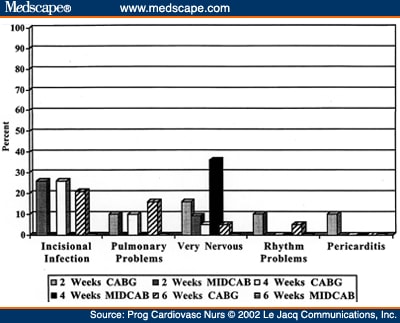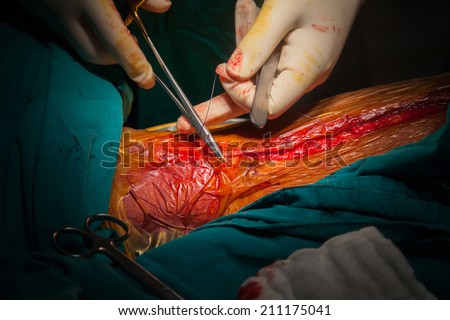Coronary Artery Bypass Grafting
Being house alone for extended periods of time can make you feel separated and anxious. It's a good idea to have somebody stay with you for the first week or 2 to keep you business and to look after you. It should be possible to arrange care check outs from a nurse if you live alone. If you have a job, returning to work as soon as you have the ability to will assist you prevent depression and isolation.
All patients with coronary artery illness can help improve their condition by making way of life modifications such as giving up smoking cigarettes, dropping weight if they are obese, eating healthy foods, decreasing blood cholesterol, exercising frequently, and controlling diabetes and hypertension.
Bilateral internal mammary artery grafting is associated with improved long-lasting survival and non-fatal events. There is a small increased danger of sternal dehiscence and mediastinitis, specifically in the overweight and people with diabetes, when the radial artery is advised as the 2nd arterial graft.
After the breathing tube is out, your nurse will assist you to cough and take deep breaths every 2 hours. This will be unpleasant due to pain, however it is incredibly crucial that you do this in order to keep mucous from gathering in your lungs and potentially triggering pneumonia. Your nurse will show you the best ways to hug a pillow securely versus your chest while coughing to help reduce the pain.
Also, it is not unusual for your legs to swell, especially the leg that the veins were secured of. When you are not strolling around, keep your legs elevated above your heart. There also might be some bruising listed below or around the cut. This will disappear in a week or two. Your physician will advise you on using TED hose. TED pipe are unique compression stockings created to help with healthy blood circulation and defend against blood clots in the legs.
After your operation you will be transferred to intensive look after close monitoring till you wake up. As soon as your condition is steady, you will be moved to the high dependence system or the cardiac ward. Author Contributions: Drs Deb and Fremes had full access to all of the information in the study and take obligation for the integrity of the data and the accuracy of the data analysis. Abbate A, Biondi-Zoccai GGL, Agostoni P, Lipinski MJ, Vetrovec GW. Frequent angina after coronary revascularization: a clinical challenge. Eur Heart J 2007; 28:1057 -65.
After you are entirely asleep, a tube will be placed down your windpipe and connected to a device called a respirator, which will take over your breathing. Another tube will be inserted through your nose and down your throat, into your stomach. This tube will stop liquid and air from collecting in your stomach, so you will not feel bloated and sick when you wake up. A thin tube called a catheter will be inserted into your bladder to collect any urine produced throughout the operation.
